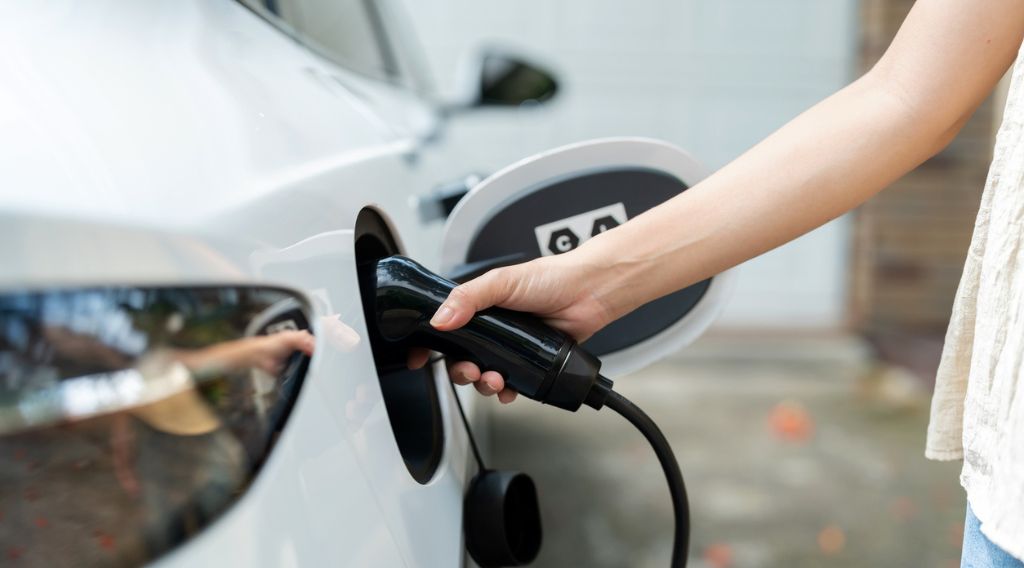 On August 16th, President Biden signed the Inflation Reduction Act of 2022 into law. The act—which provides almost $370 billion in federal funding for climate and energy investments—includes the most significant investments in vehicle electrification in US history.
On August 16th, President Biden signed the Inflation Reduction Act of 2022 into law. The act—which provides almost $370 billion in federal funding for climate and energy investments—includes the most significant investments in vehicle electrification in US history.
These investments will create jobs, reduce household transportation costs, improve air quality, and significantly reduce greenhouse gas emissions. Experts estimate that the bill’s provisions could reduce carbon emissions by about 40 percent by the end of this decade.
The Inflation Reduction Act invests in electrification along the supply chain—from battery and vehicle manufacturing to the point of purchase by the consumer—and across vehicle types, from passenger cars to heavy-duty trucks and buses. The bill even includes $3 billion for the United States Postal Service to go electric.
The Midcontinent Transportation Electrification Collaborative (MTEC)—facilitated by GPI and comprised of automakers, state governments, electric utilities and cooperatives, electric vehicle charging companies, and environmental organizations in the Midwest and Gulf Coast regions—applauds these electric vehicle (EV) investments.
Transportation electrification is necessary to mitigate climate change and improve public health. It will also lead to economic benefits and job creation in our region, which is the heart of automotive manufacturing in the US.
In particular, MTEC supports the following provisions of the Inflation Reduction Act, which are critical to boosting EV manufacturing and adoption in the US:
- Expanded tax credits for consumers who purchase electric cars, which will lower the upfront cost of EVs and allow more families to switch to electric transportation. This bill reworks the existing federal EV tax credit, which was limited to the first 200,000 EV sales for each manufacturer—a cap that early movers on EV production (like GM, Tesla, Nissan, and Toyota) were running up against. Other additions to the tax credit include eligibility for used EVs, income limits for consumers, price caps for eligible vehicles, requirements that vehicles be manufactured or assembled in North America, and restrictions on how critical minerals for EV batteries are sourced. Eligible consumers will receive up to $7,500 for a new EV, and up to $4,000 for a used EV.
- Roughly $3.5 billion in tax credits for qualified commercial EVs to offset the incremental costs of upgrading from a gasoline- or diesel-powered vehicle to an electric one.
- Tax credits to support investments in EV charging stations, which are critical to reducing range anxiety and increasing access to electricity as a transportation fuel. Increased funding available per charging station—up from $30,000 to $100,000—means that higher capacity fast chargers are now supported.
- Investments by the United States Postal Service in $3 billion worth of zero-emission delivery vehicles and their charging equipment. This will allow the postal service—the United States’ largest fleet—to make good on its commitments to reduce its carbon footprint.
- One billion dollars in funding for clean heavy-duty vehicles like electric school and transit buses, which eliminate diesel exhaust emissions and improve air quality, particularly for urban communities and young children.
- Tax credits, grants, and loans to support the manufacturing of all types of EVs and EV batteries, which will support the continued growth of EV manufacturing in our region.
The Inflation Reduction Act’s passage marks a turning point in federal transportation and energy policy. And it will help transform the nation’s transportation system to one that is cleaner, more cost-effective, and more efficient.


